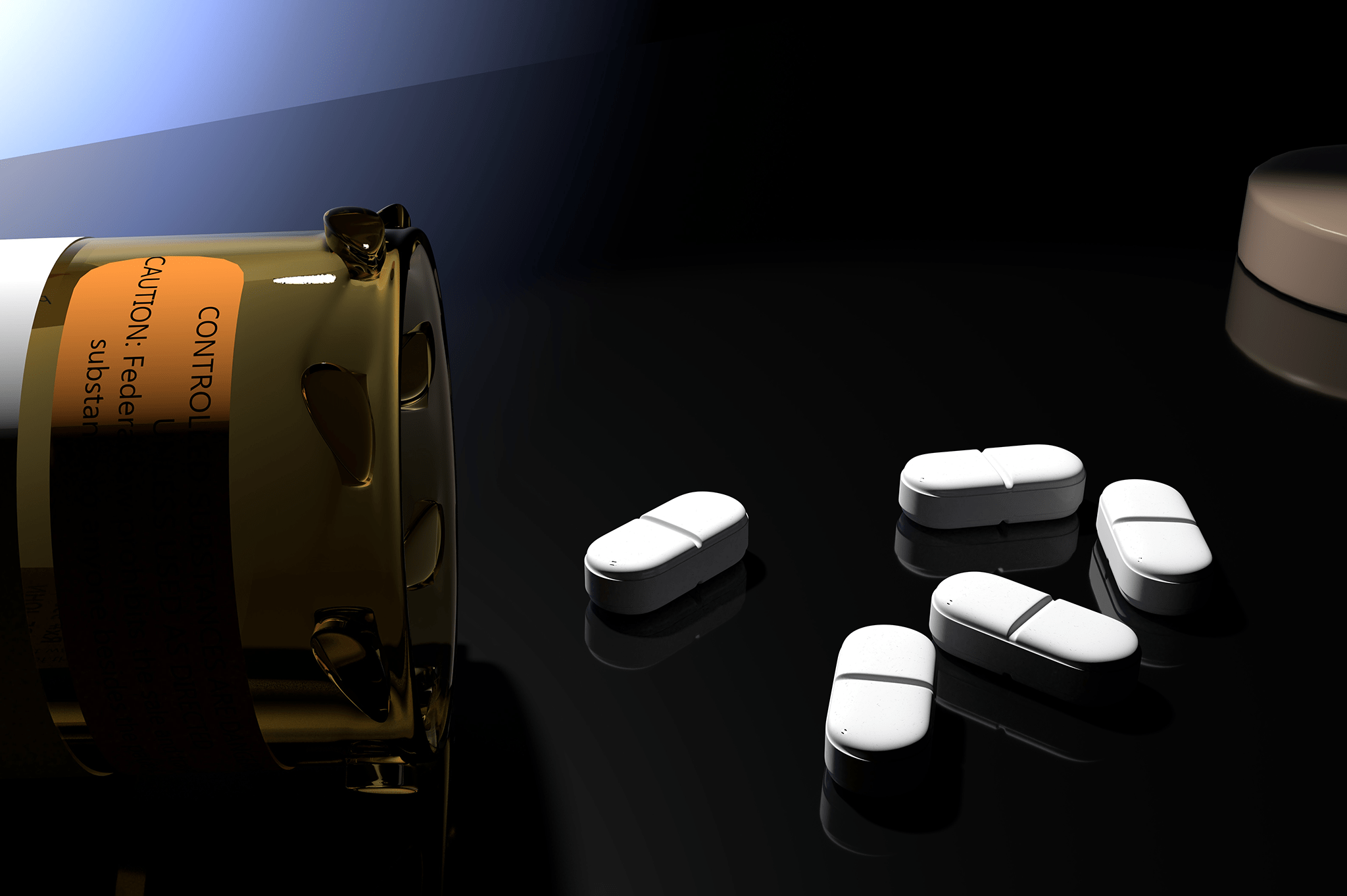Opioids are the synthetic version of opiates, which are drugs derived from the opium poppy. Synthetic opioids include morphine, codeine, oxycodone, and hydrocodone. People who abuse these substances typically do so to relive the euphoric “high†that a first use grants them. Â
Typically, opioids are prescribed by doctors or medical professionals for pain treatment. As with many other prescription pills, an addiction can happen quickly. This highlights the importance of listening to a doctor’s instructions while taking these or any drugs. If you or someone you love is struggling with such a dependency, safe and effective approaches to detox are key. Banyan Detox Stuart is mapping out the opioid withdrawal timeline to expect, possible symptoms, and the importance of a well-rounded detox program in such a scenario. Â
Signs of Opioid Addiction & What Causes ItÂ
Opioids bind to receptors in the brain, preventing the communication of pain signals. Specifically, opioids influence GABA neurons in the brain, resulting in pain reduction and an increased sense of pleasure. Then, the brain’s reward center feels happiness as dopamine increases. Once the dopamine enters the amygdala, the brain center responsible for fear, happiness compounds with decreased anxiety. This results in a dangerous reward system which, coupled with increased tolerance, makes opioids highly addictive.Â
There are some telltale signs of when a dependency is forming. Opioid addiction symptoms include:Â
- DrowsinessÂ
- Abnormal sleeping habitsÂ
- Weight lossÂ
- Intense cravingsÂ
- Social isolationÂ
- Stealing from friends and family to support the habitÂ
- Newfound financial difficultiesÂ
- Inability to control drug useÂ
Many users become addicted to the intense rush they feel upon first abusing an opioid. As that tolerance is built over time, often in an attempt to recreate that first experience, so are the responses to when that use is stopped. If the body’s response to withdrawal is painful, it is understandable that a person would go to drastic means to avoid it. It is our responsibility as a care center to recognize why things like addictions to heroin form and offer effective ways to care for them.Â
When someone’s life revolves around their drug use, it is a sign that they need help. It is not always easy to be self-critical when in the midst of these habits, so at times, intervening on a loved one’s behalf can be one of the best things you can do for them. Our Stuart, FL, drug rehab includes compassionate intervention programs that can help all involved overcome the hurdles of beginning treatment. Our team is willing to be there for you every step of the way. Â
Stages of Withdrawal From an Opioid DependenceÂ
Breaking free from addiction hinges on successful detox. At Banyan Stuart, we offer medical detoxification for opioid dependencies to help patients find freedom from addiction. Medically monitored detox is crucial for safely addressing the withdrawal symptoms associated with an opioid use disorder. These symptoms of withdrawal can include:3Â
- Digestive issuesÂ
- InsomniaÂ
- NauseaÂ
- Heart poundingÂ
- YawningÂ
- AnxietyÂ
- Cold flushesÂ
- Hot flashesÂ
- Muscle crampingÂ
- Discharge from the eyes and noseÂ
- Vomiting Â
Different types of opioids will produce withdrawal symptoms faster than others, while the length that these symptoms last will also be affected. For instance, the severity of symptoms will differ for a person using heroin from someone addicted to short-acting prescription pills. Additionally, the duration of use, time between doses, and size of the dose itself can play a part in the withdrawal experience.Â
Opioid withdrawal symptoms can begin anywhere from 8 to 24 hours after the last use and last anywhere from 4 to 10 days. Here is a breakdown of substance-specific opioid withdrawal timelines:Â
- Heroin: Symptoms are felt within 8 to 12 hours after last use, hit a peak between 1 and 3 days, and are present up to 7 days.Â
- Morphine, hydrocodone, oxycodone, and fentanyl (short-acting opioids): Symptoms are felt within 8 to 24 hours after last use and are present for up to 10 days.Â
- Methadone, or extended-release versions of the 4 substances listed above: First symptoms arise after 36 hours and can last for 2 weeks or longer. Â
With our medical detoxification in Stuart, patients can receive the medical support they need to safely overcome these opioid withdrawal symptoms. Many of these opioid withdrawal symptoms occur during withdrawal from non-synthetic opiates as well, and professional detoxification services can help preserve patient comfort.Â
Techniques for Avoiding Opioid WithdrawalÂ
In many cases, tapering methods may be utilized in order to sequentially bring the body back to a normal state. This is far more ideal than stopping “cold turkey.†This could greatly overwhelm the patient and ultimately result in a relapse in order to mediate the symptoms they were experiencing. The more that this cycle occurs, the more frustrating the rehabilitation process can feel as a whole. Â
Foregoing medical detox and choosing to detox at home can be a dangerous decision. Although not particularly common, you can die from opioid withdrawal if symptoms are severe enough. This is because the withdrawal symptoms of this kind of drug abuse, such as rapid heart rate, can be dangerous without the right medical care. At our Stuart, FL rehab, patients can utilize our opioid detox center to navigate these symptoms and prepare their minds and bodies for the treatments to follow.  Â
Other opioid addiction resources available include residential programs, during which patients will receive personalized treatment, 24-hour care, and a mixture of individual and group therapy sessions. A wide array of therapy methods can be employed. One such example is dialectical behavior therapy (DBT), which focuses on emotional recognition and regulation.  Â
For someone with an addiction, it is not uncommon for them to feel detached from the people around them. DBT seeks to bridge those gaps and better recognize the troubling emotions that many would rather medicate away. By being able to sit with these feelings instead of running from them, patients gain a whole new level of accountability and inner power.  Â
At our Stuart, Florida, Banyan Treatment Center, we offer the personalized services our patients need to safely navigate through the opioid withdrawal timeline. Call us today at 888-280-4763 to learn more about our medically monitored opioid detoxification services.Â
Â
ResourcesÂ
SAMHSA – Alcohol, Tobacco, and Other DrugsÂ
PBS – How a brain gets hooked on opioidsÂ
NCBI – Clinical Guidelines for Withdrawal Management and Treatment of Drug Dependence in Closed Settings.Â
Â
Related ReadingsÂ
Recognizing Heroin ParaphernaliaÂ
Opioid Addiction in the ElderlyÂ
Desc
no-repeat;center top;;
auto
0px
At Banyan Detox Stuart, we offer the personalized services our patients need to safely navigate through the process of opioid detox. Call us today at 888-280-4763 to learn more about our medically monitored opioid detoxification services.
Desc
no-repeat;center top;;
auto



















